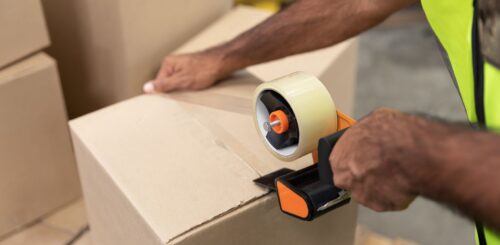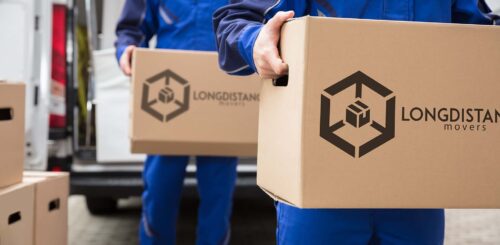Wondering what do I need to move out and where to begin? You’re not alone. Moving can be an exhilarating journey toward independence, but it also requires a bit of planning. Our comprehensive guide and moving-out checklist will ensure you’re well-prepared. From sorting belongings to packing up efficiently, we’ve got all the tips and tricks to make the transition smooth. Let’s dive in!

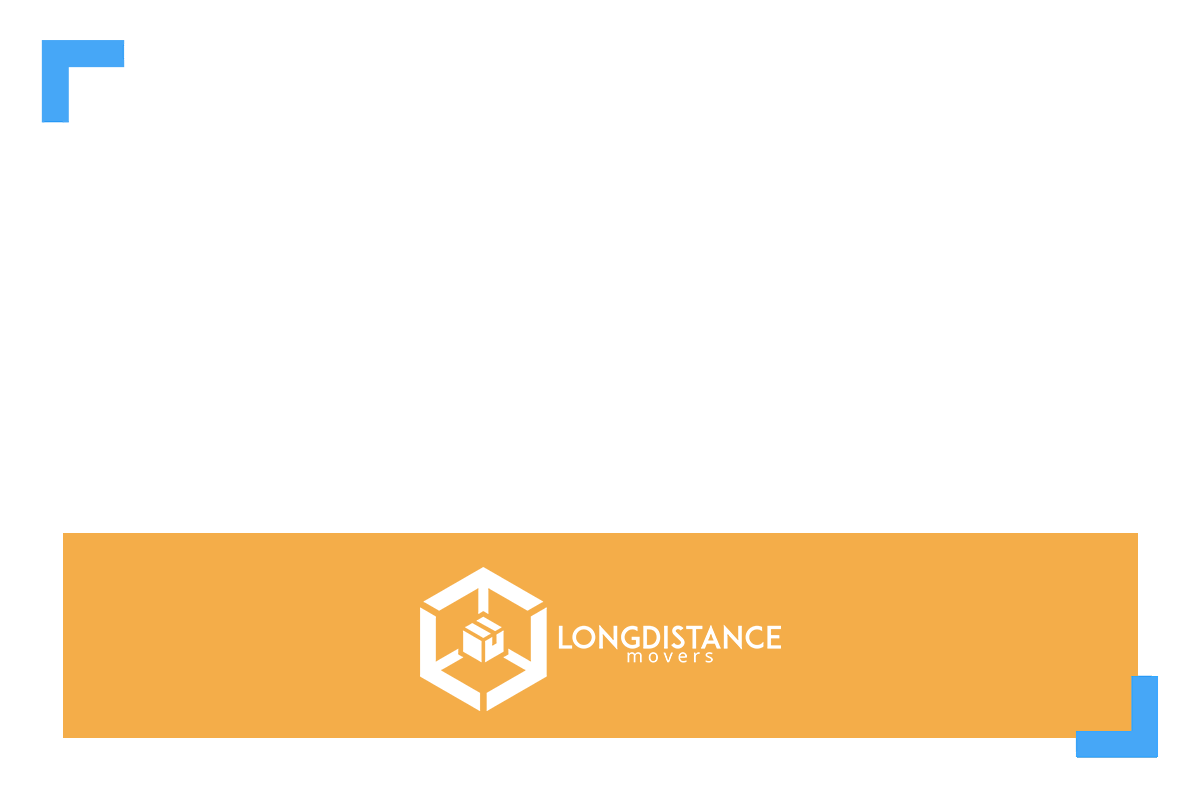
What Do I Need to Move Out?
It’s all about smart preparation to relocate safely and sidestep common mistakes. Your arsenal should include a thought-out budget, a keen eye for selecting the right moving company, and a knack for securing essential packing materials.
Ensuring you have a clear plan to transition utilities and address updates is crucial, too. Remember, avoiding relocation mistakes starts with a comprehensive checklist and a dose of organization. With these in the toolkit, you’re set for a seamless relocation.
Start the Move-out Preparation With a Plan
When you decide it’s time to plan a cross-country move, starting with a robust plan is the first step toward success. Begin by creating a comprehensive moving-out list that outlines everything from the possessions you need to pack to the utilities you need to set up in the new home. This list will be a roadmap, helping ensure you don’t overlook any details.
Create a timeline of the relocation, how you’ll manage the logistics of transporting belongings, and any help you might need along the way. A detailed plan makes the daunting task of moving feel more manageable.
Set up a Relocation Budget
Taking into account the importance of saving and budgeting for expenses can significantly ease the transition. To save money to move, start by evaluating all potential costs – rent, security deposits, utilities, long-distance moving services, and emergency funds for unexpected expenses.
Setting up a relocation budget involves listing these expenses and allocating funds accordingly. This proactive approach allows you to anticipate costs, avoid surprises, and identify areas where you can cut back or negotiate better rates. Budgeting for a move is crucial in maintaining financial stability and ensuring an effortless relocation process.
Find the Right Location and Housing
The journey of relocating to a new house or an apartment begins with finding the perfect place to call home. Research different neighborhoods and consider key factors such as location, rent, amenities, and safety. Use online resources such as AreaVibes, community forums, and local guides to gather information.
Visit potential homes if possible, to get a feel for the space and the neighborhood. Pay attention to proximity to work, schools, public transportation, and other amenities that are important to you. Choosing the right home involves balancing needs and preferences with the budget to find a place where you can thrive.


Get Organized – Decide What to Keep and What to Discard
When it comes to relocating, one of the most crucial steps is determining what to keep and what to get rid of. This decision not only simplifies the packaging process but also reduces clutter. Start by categorizing items based on their necessity, sentimental value, and frequency of use.
For instance, those barely used gadgets and out-of-style clothes? They might be better off finding new owners. On the flip side, first apartment essentials and cherished possessions should definitely make the cut. Think of this phase as a fresh start. By selectively choosing what to bring along, the transition becomes an opportunity to reinvent and rejuvenate living spaces.
Sort and Declutter to Lighten the Load
Sorting and decluttering are pivotal in making the relocation process as smooth as possible. Begin by dividing belongings into categories – keep, sell, donate, and discard. Items that no longer serve a purpose or bring joy can help others when donated or turn into extra cash if sold. You can organize a garage sale for those valuable belongings or list them on online marketplaces.
For everything else, donating unwanted items to charity can be both liberating and beneficial to the community. This approach makes the organizational phase more manageable and less stressful. Plus, it’s an eco-friendly way to repurpose and recycle things that might otherwise end up in a landfill.
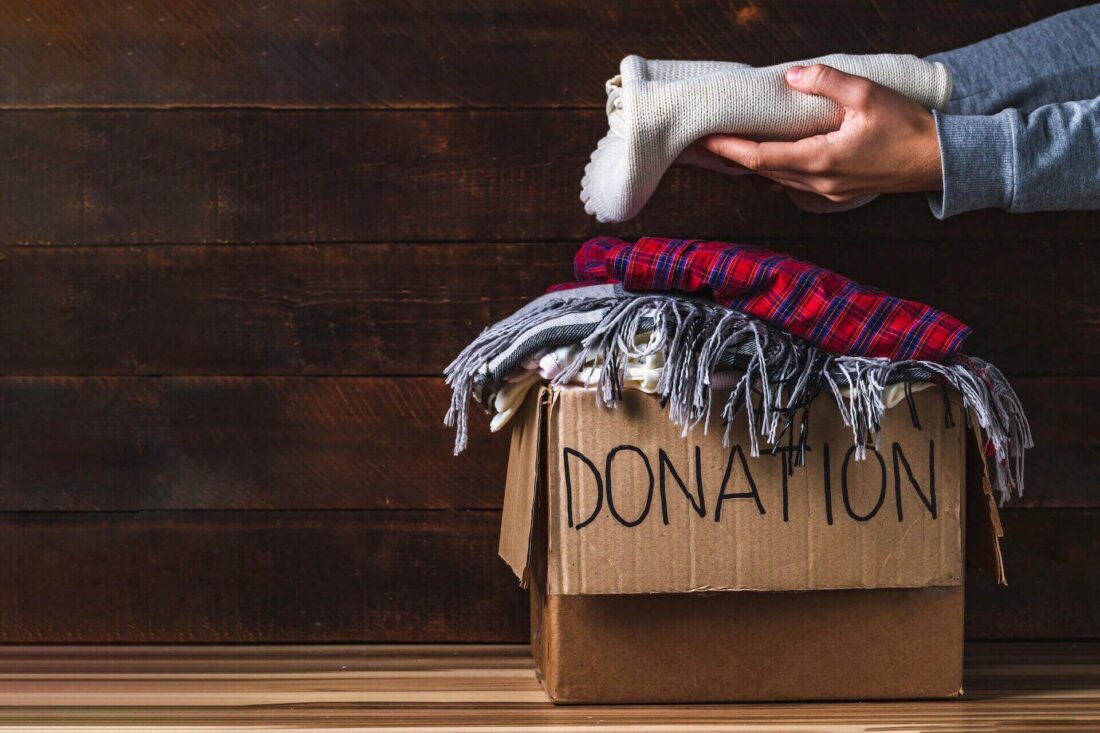

Collect the Must-Have Packing Supplies
Gathering the right supplies is a critical step to make sure belongings are protected during transit. The variety of different packing materials needed can range from standard items like boxes, tape, bubble wrap, and markers, to specialty supplies designed for fragile or valuable belongings.
For instance, sturdy boxes in various sizes will accommodate most household possessions, while bubble wrap and packing paper provide cushioning for delicate objects. Specialty containers, such as dish pack boxes and wardrobe boxes, can be invaluable for the safety of kitchenware and clothes.
To source these materials cost-effectively, check the Craigslist website for deals on gently used supplies from recent movers. This approach promotes recycling, contributing to a more eco-friendly relocation.


Use Smart Packing Techniques
The best way to pack for moving is to use smart packing techniques that protect belongings while maximizing space. Begin by grouping items according to their room and usage.
Use suitcases for heavy belongings like books to make them easier to transport. Clothing can be left on hangers and placed in garbage bags or wardrobe boxes for easy unpacking. For fragile possessions, wrap them individually in bubble wrap and secure the padding with tape.
Fill empty spaces in boxes with towels or clothing to prevent everything from shifting. Labeling each box with its contents and designated room will streamline the unpacking process.
First Pack Least Used Items
To pack efficiently, start with the items you use the least. Seasonal decorations, out-of-season clothing, extra bedding, and rarely used kitchen gadgets should top the packing list for moving. Books, DVDs, and other forms of entertainment you can spare for a while come next.
Packing these belongings early not only helps you utilize space better but also makes the last few days before the move less stressful. Use sturdy boxes for heavy belongings like books, and don’t forget to clearly label each box. The essentials that are used daily will remain accessible until moving day.
Prepare an Essentials Box for the Move-in Day
An essentials box is crucial for making the relocation day as smooth as possible. This box should contain items you’ll need during the last day in the old home and the first day in the new one. You should include:
- Toiletries,
- A few changes of clothes,
- Medications,
- Phone chargers,
- Basic cleaning supplies,
- Some non-perishable snacks or easy meals.
Don’t forget to pack a small tool kit, necessary for assembling furniture or making quick repairs. Having these essentials easily accessible ensures you won’t have to rummage through boxes for a toothbrush or a clean pair of socks.


Search for a Professional and Reliable Long-Distance Moving Company
When it comes to hiring movers, thorough research and due diligence are key to finding a company that’s both professional and reliable. Start by reading online reviews and ratings on trusted platforms to gauge past customers’ experiences. Check each company’s credentials and insurance policies to see if they’re legitimate.
Seeking recommendations from friends or family who have recently undergone a similar transition can provide valuable insights. Finally, obtaining detailed quotes from multiple companies allows for a comprehensive comparison of services and prices. A wise choice is reaching out to Long Distance USA Movers company.
Moving Services
Treat yourself with a white glove long distance moving service that’s based on the inventory list and not weight. This means a price guarantee, transparent move costs and premium moving service.
Learn morePacking Service
Sit back and relax, we’ve got packing services covered. We use moving blankets, shrink wrap, bubble wrap and even custom wooden crating. Your stuff will be protected and carefully handled during the move.
Learn moreAuto Transport
Move your car across the country in an open or enclosed trailer – for an affordable fee. We offer car transport as a standalone service, but you can bundle it with your household move and get a hefty discount.
Learn moreThe Benefits of Hiring Cross-Country Movers
The benefits of moving with professionals, especially for long distances, are manifold. Firstly, it significantly reduces the physical strain, as the movers handle the heavy lifting and logistical planning. Their expertise in securely packing, loading, and transporting items minimizes the risk of damage.
Professional long-distance movers also have the tools, equipment, and knowledge to navigate challenges that might arise during transit, such as adverse weather conditions or tricky navigation through tight spaces.
Request Auto Shipping Services
Alongside traditional moving and packing services, requesting expert auto shipping is an advantageous addition for those relocating over long distances. Auto shipping spares the wear and tear on vehicles that a long drive would entail and allows for more convenient travel.
When selecting a moving company, inquire about their auto shipping options, including door-to-door or terminal-to-terminal delivery. Check whether they offer insurance coverage for the transport. This service is especially beneficial for families with multiple vehicles.
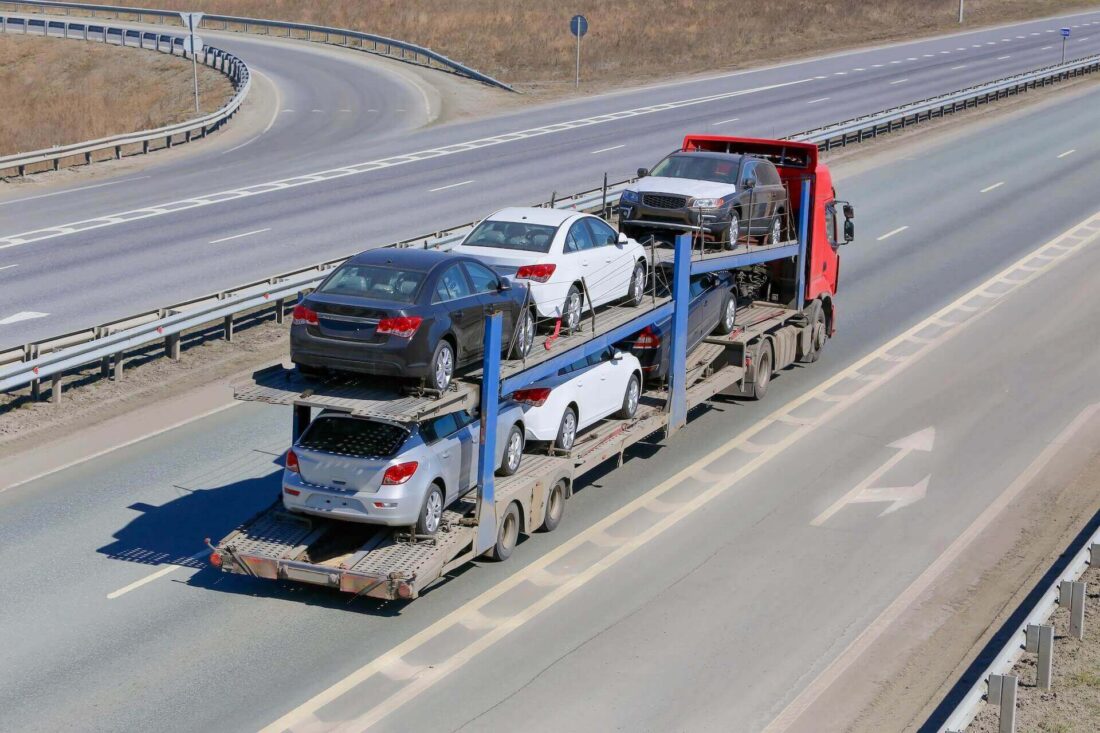

Post-Move Essentials – Make the New Home Feel Cozy
The first week in a new home plays a crucial role in setting the tone for your life there. To make this space feel cozy and welcoming, start by unpacking essentials like bedding, kitchenware, and toiletries. Arranging furniture and adding personal touches such as photographs, artwork, and decorative items can instantly transform the space.
Don’t overlook the importance of setting the right lighting, as it can greatly affect the mood and ambiance. Take this time to explore another neighborhood, too. Discovering local shops, parks, and community centers can help you feel more connected and at home.
Take Care of Administrative Tasks – Address Changes and Utilities
In the flurry of unpacking and settling in, it’s crucial not to forget about the administrative side of things. Setting up utilities should be at the top of the post-relocation checklist. Ideally, arrangements for electricity, water, gas, and internet should be made prior to arrival.
Additionally, updating the address with the postal service, banks, and other important institutions is vital to not miss out on any critical communications. Taking care of these tasks promptly can save you from potential headaches and help establish a sense of normalcy.
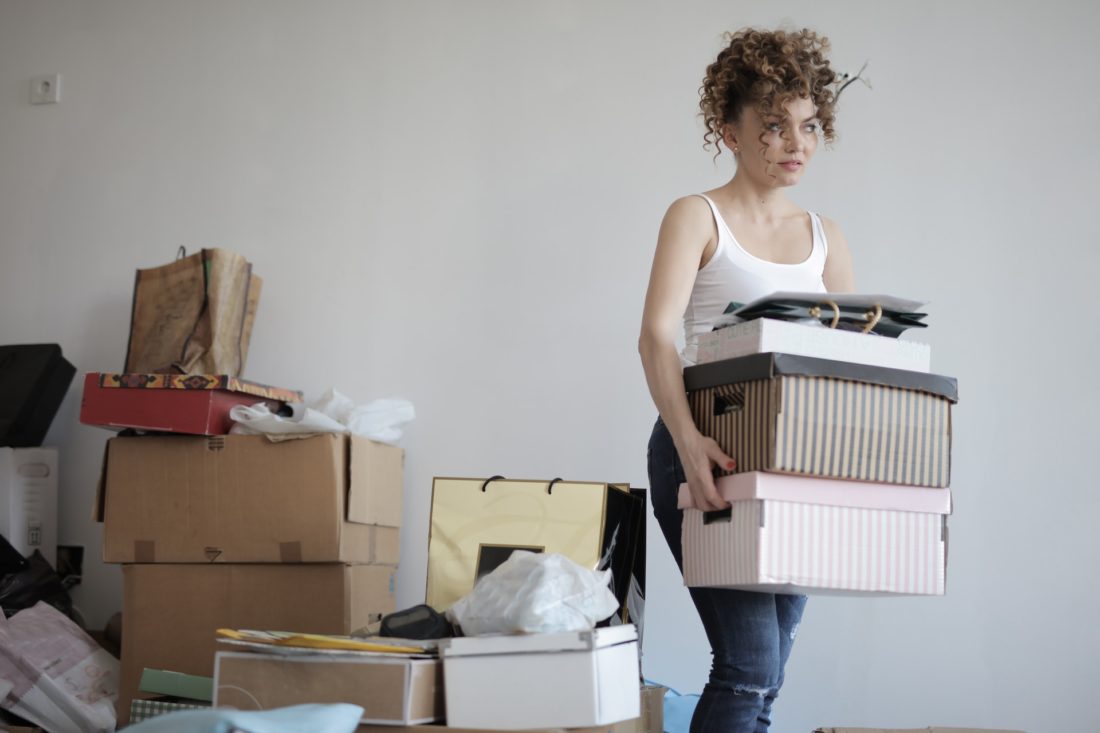

Long Distance USA Movers Can Provide You With Best Moving Services
Embarking on a long-distance move requires careful planning and organization, but with the right support, it can be a seamless and stress-free process. From setting up a detailed relocation budget, and finally settling into another home, each step is crucial for a successful transition.
Long Distance USA Movers is here to guide you through every phase of the relocation. By partnering with us, you’re ensuring a hassle-free experience, thanks to our expertise in relocations. Contact us, Long Distance USA Movers company, to harness the benefits of professional cross-country moving services and make your move a triumph.
FAQ
How Much Should I Save Before Moving Out?
Saving three to six months’ worth of living expenses is recommended. This financial cushion covers rent, utilities, transportation, and unforeseen costs, so you can maintain stability during the transition.
What Are the First Items I Should Purchase for My New Home?
Initial acquisitions for another residence should include bedding, bathroom essentials, and basic kitchenware. These items ensure comfort and functionality from day one, facilitating a smoother adjustment period. Subsequently, furniture and decorative elements can be introduced to personalize the space.
How Do I Choose the Right Moving Company?
Selecting an appropriate relocation service entails researching customer reviews, verifying licensure and insurance, and comparing quotes from multiple companies. Attention to these details aids in finding a provider that offers reliability, fair pricing, and quality service. Personal recommendations can also offer valuable insights into a company’s performance.
What Do I Need to Move Out of My Parent's House?
To transition from a parent’s home, securing a stable income, understanding budget management, and having a solid savings account are essential. These foundations support independence by covering living costs and emergencies.
What Do I Need to Pay For When I Move Out?
Individuals must budget for rent, utility bills, grocery expenses, and potential debt repayments. Initial costs also include security deposits and, in some cases, first and last month’s rent upfront. Managing these expenses requires careful financial planning and awareness of ongoing monthly commitments to maintain a stable living situation.


